Introduction
Goa is synonymous with beaches, music, culture, and carefree vibes. While some beaches like Baga and Calangute attract crowds with their bustling nightlife and water sports, others like Vagator stand out for their natural beauty and laid-back atmosphere. Situated in North Goa, Vagator Beach is a blend of stunning landscapes, cultural history, and vibrant nightlife. Famous for its dramatic red cliffs, trance parties, yoga retreats, and unforgettable sunsets, Vagator has become a must-visit destination for travelers who want to experience both serenity and excitement in one place.
This guide takes you through everything about Vagator Beach – its history, vibe, attractions, nightlife, nearby places, and practical travel tips – making it a complete handbook for your visit.
History and Legacy of Vagator
Vagator Beach may seem like a modern party hub, but its history runs deep. The beach is closely tied to the Portuguese era in Goa and is overlooked by the Chapora Fort, built in 1617 by the Adil Shahi dynasty and later taken over by the Portuguese. This fort is not just a historical structure but also a symbol of Goa’s colonial past.
In the 1960s and 70s, Vagator became a popular retreat for the hippie movement. Travelers from across the world came here seeking peace, spiritual awakening, and a break from mainstream life. They introduced yoga, alternative healing, art, and electronic music culture, which continues to thrive today in the form of psytrance parties and wellness retreats.

















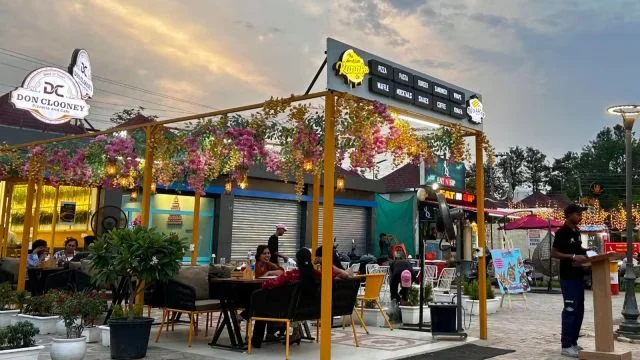




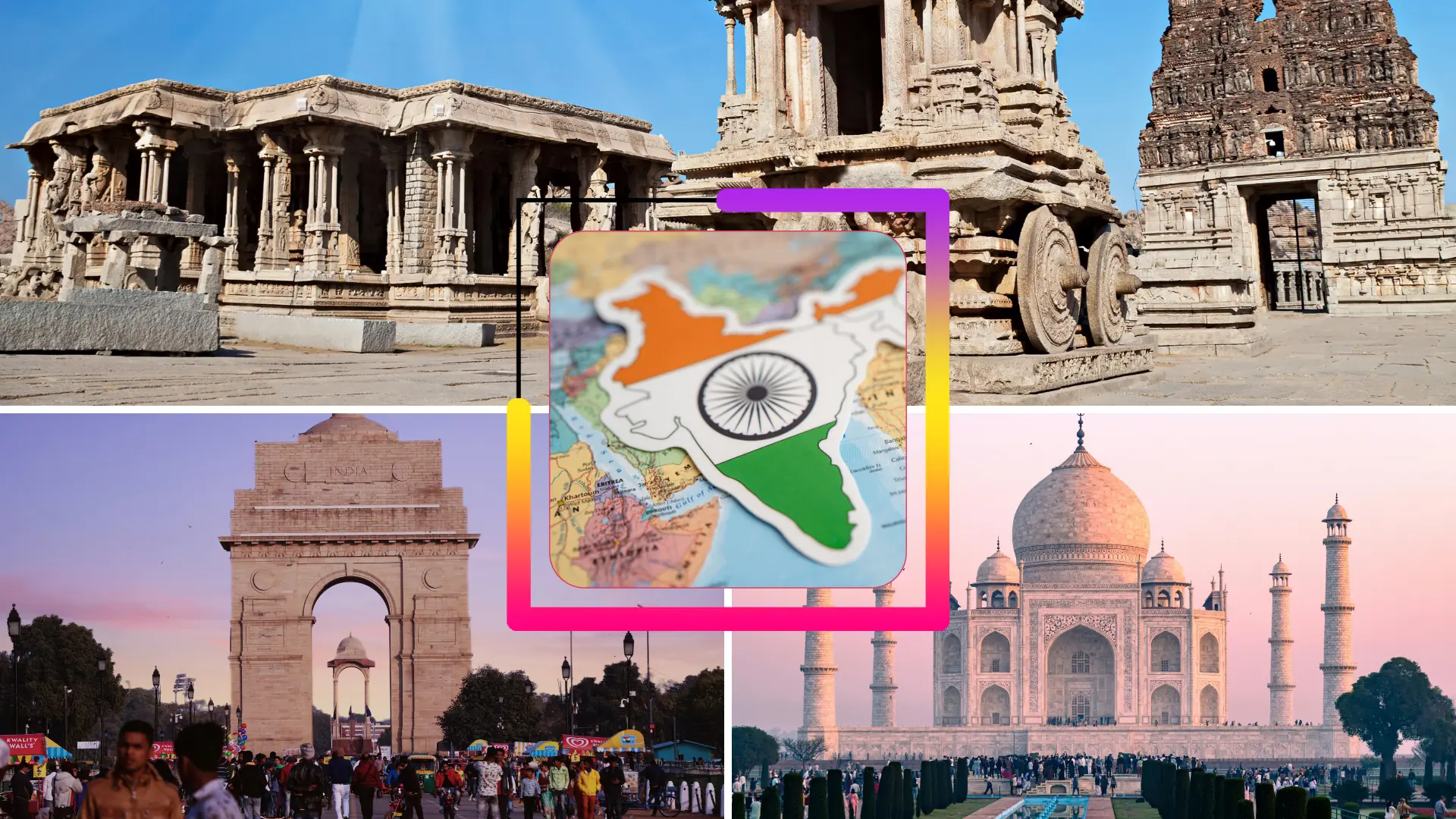




















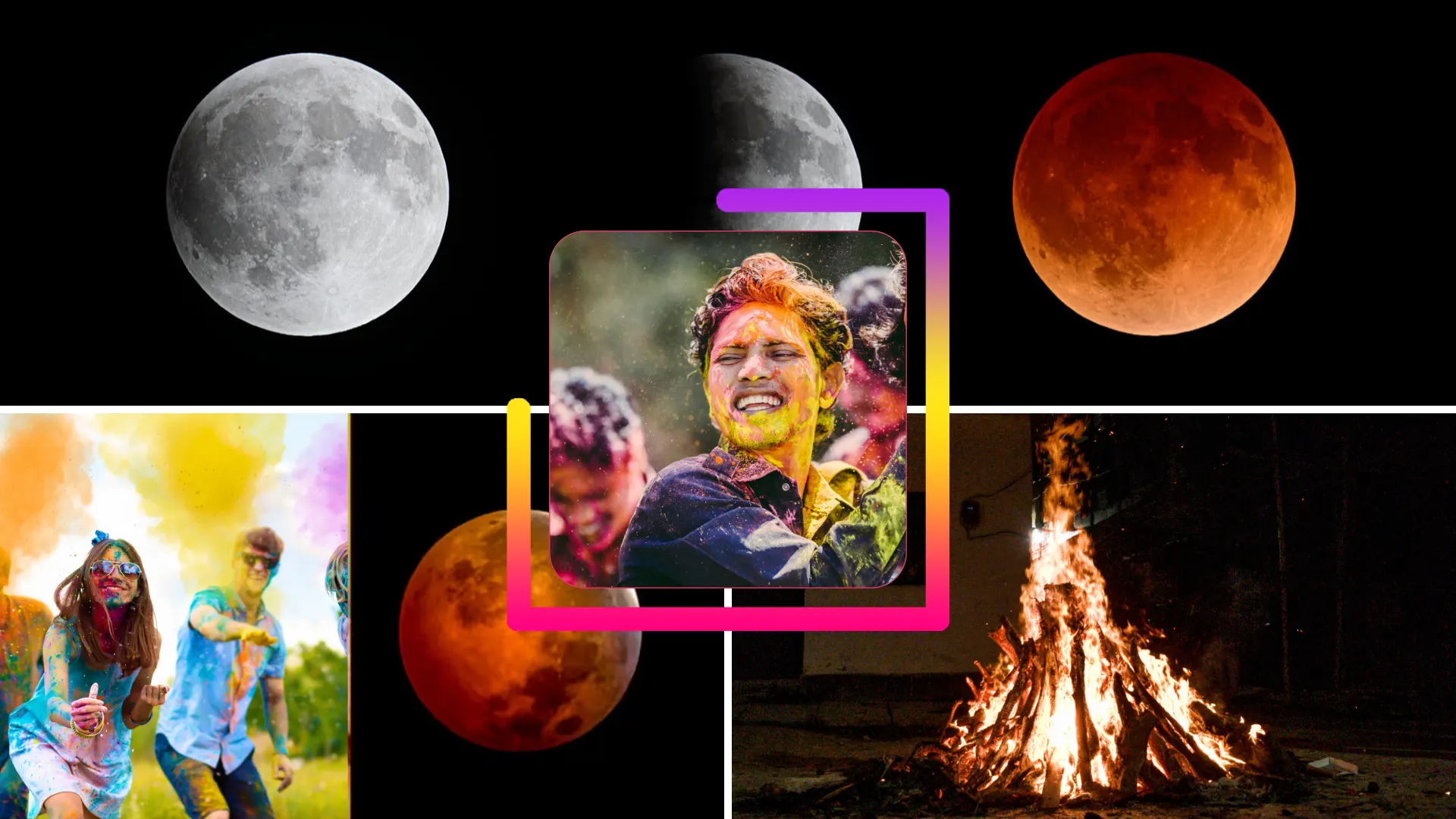
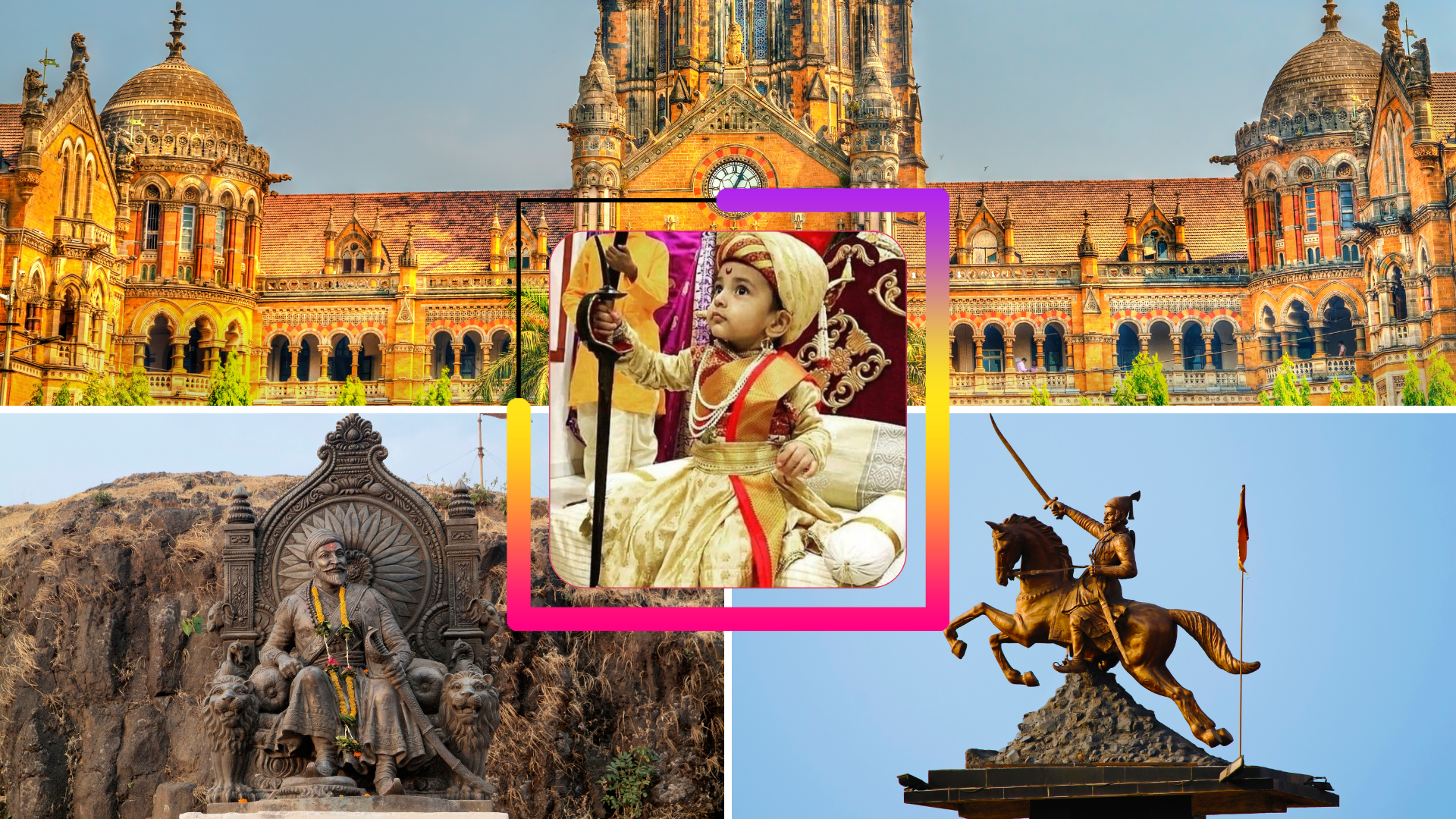

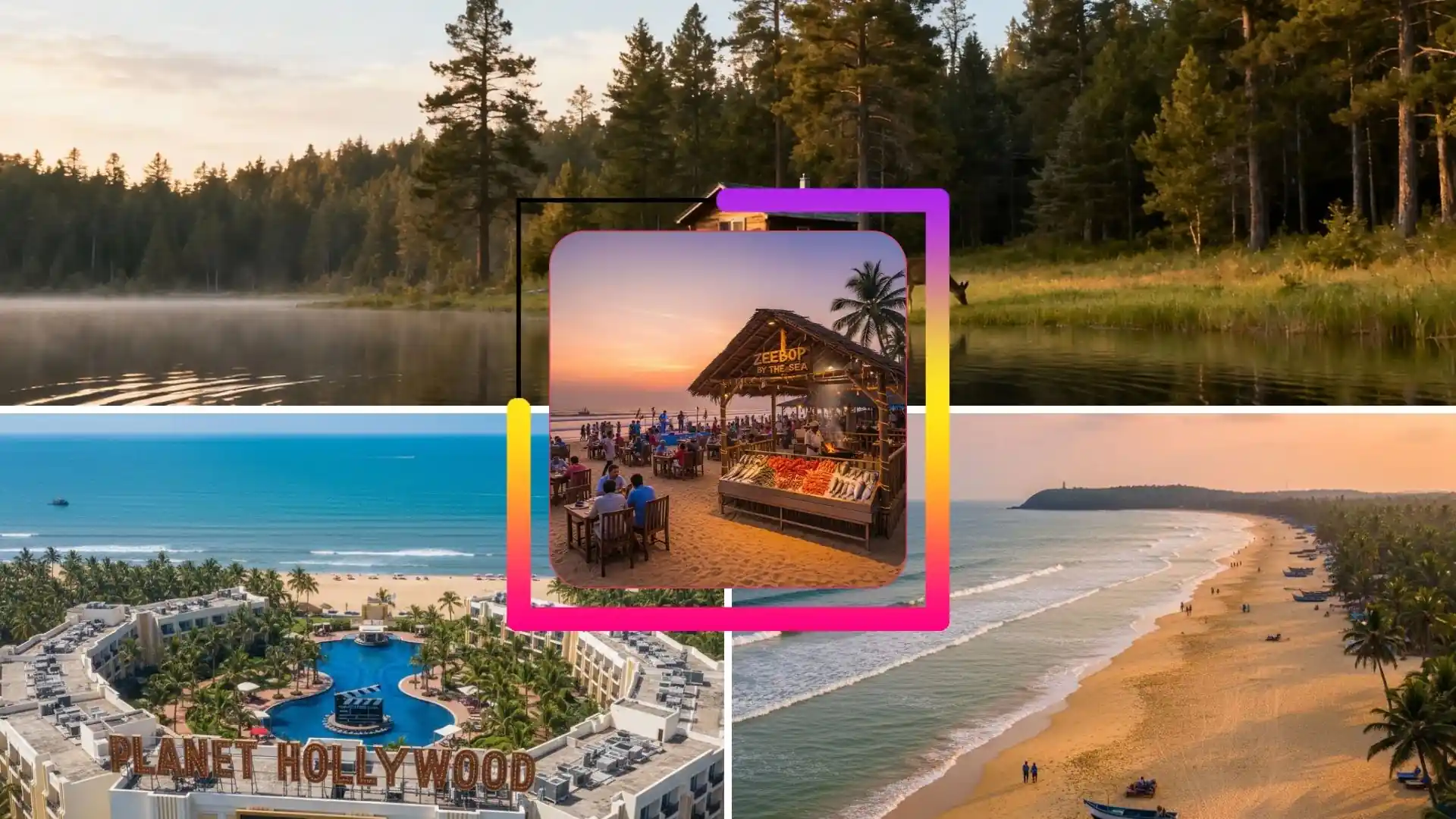
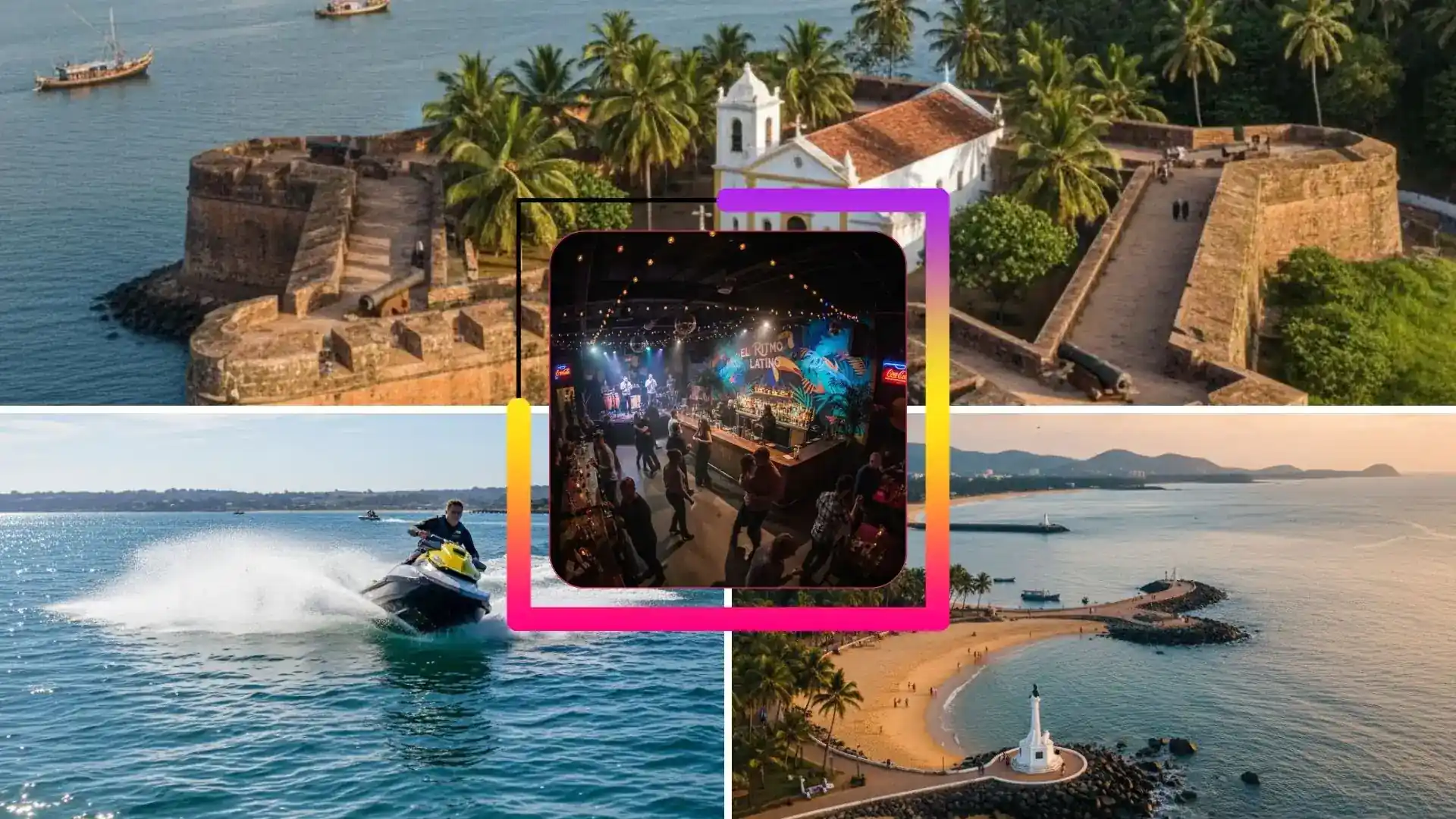

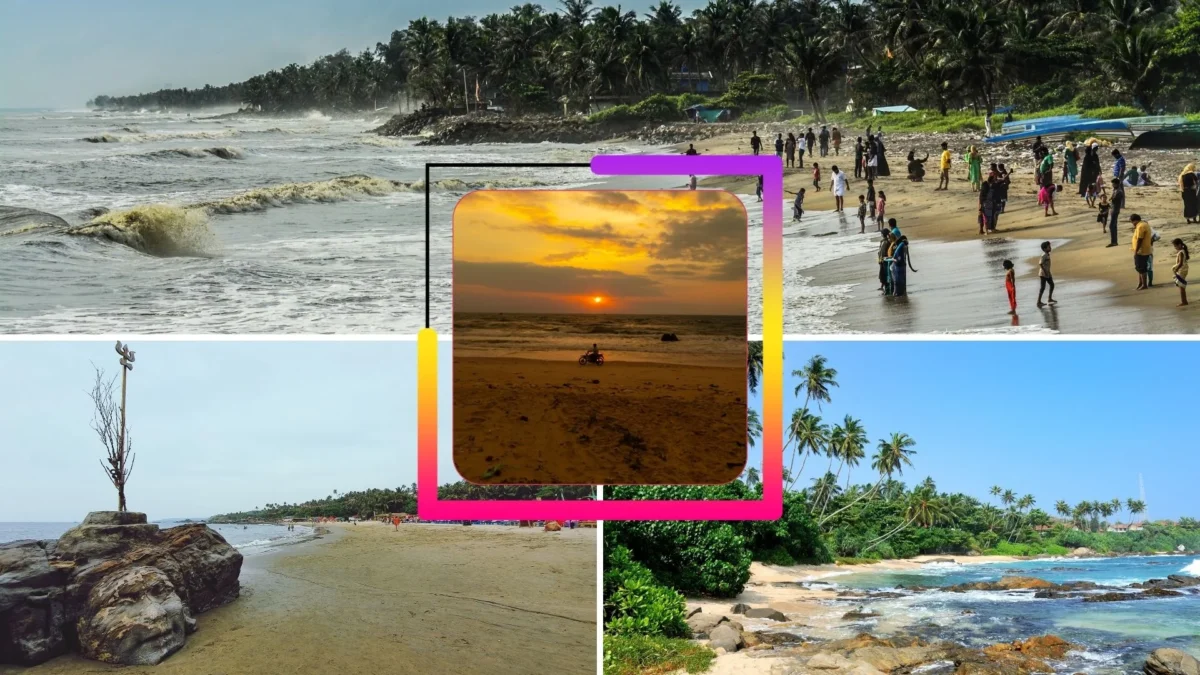
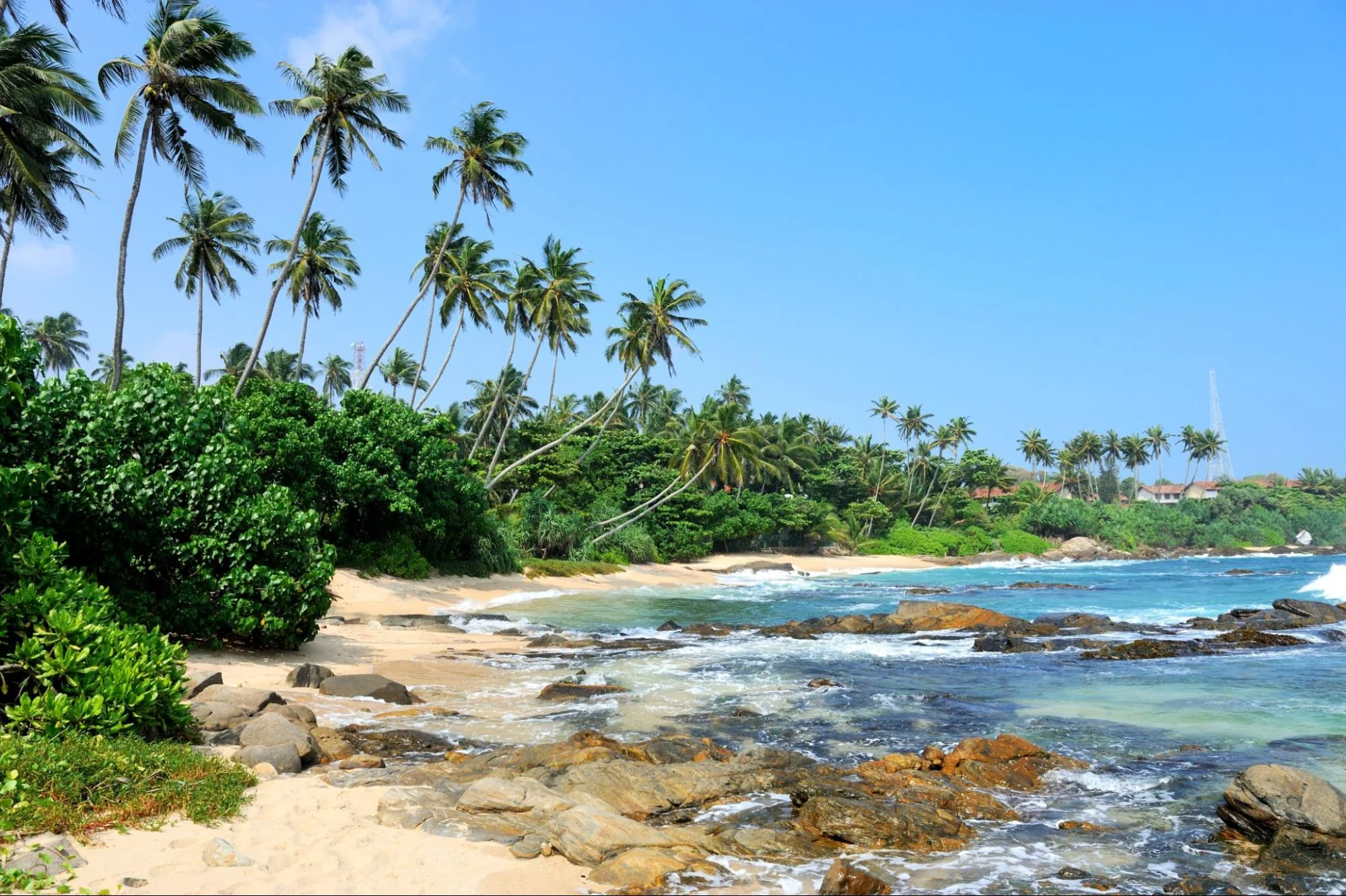
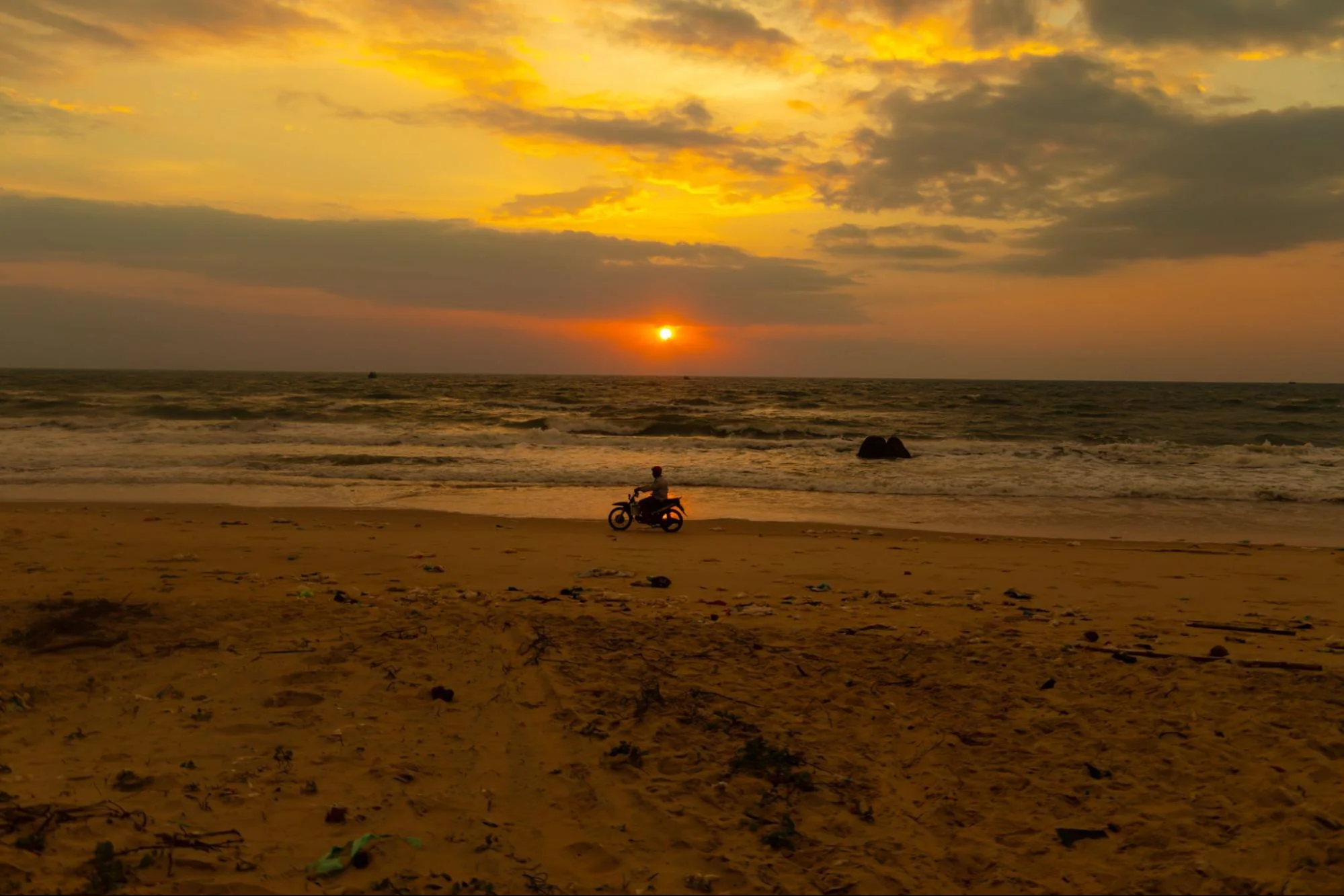
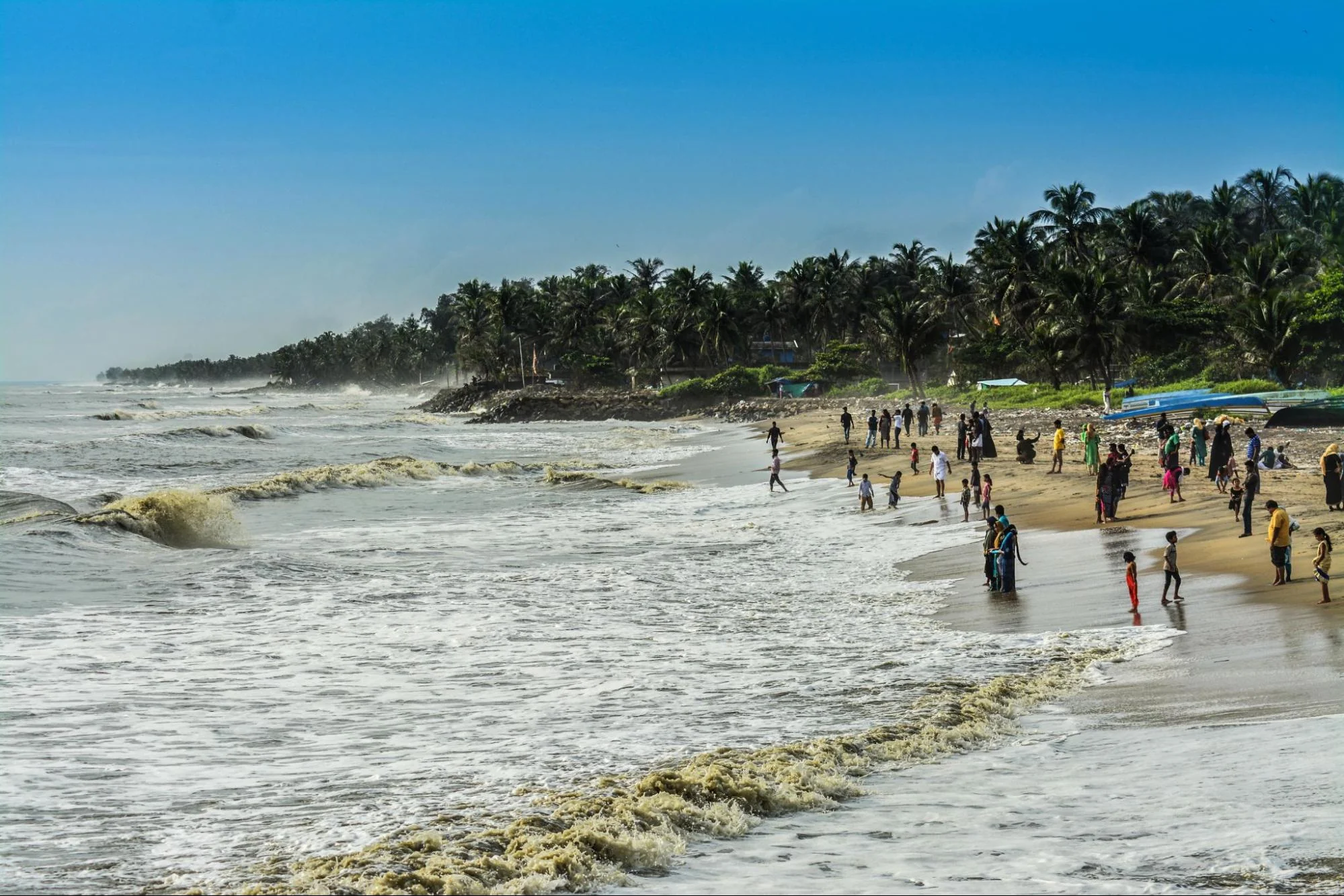
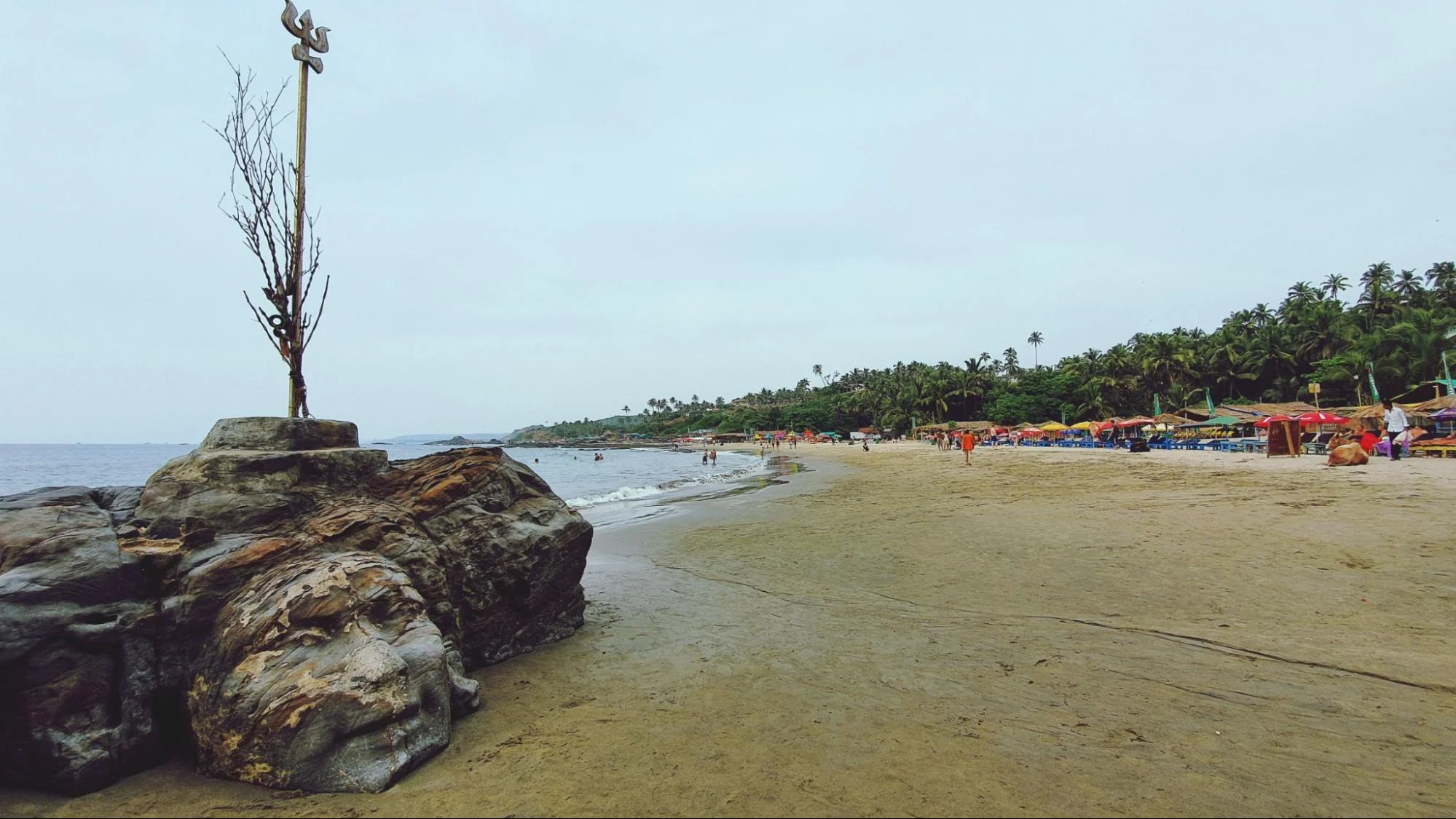

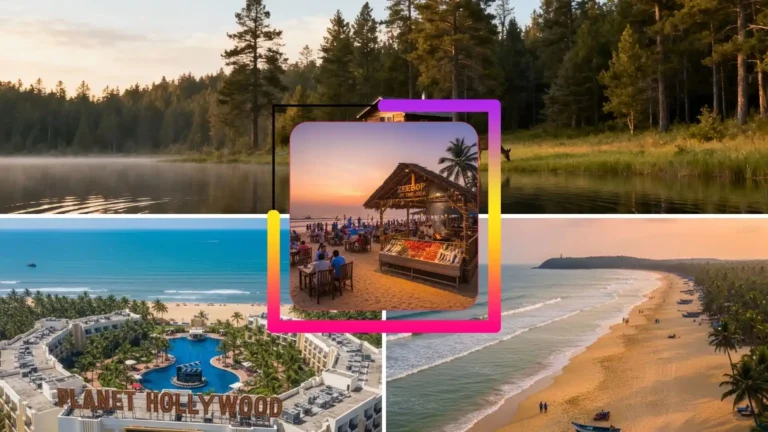
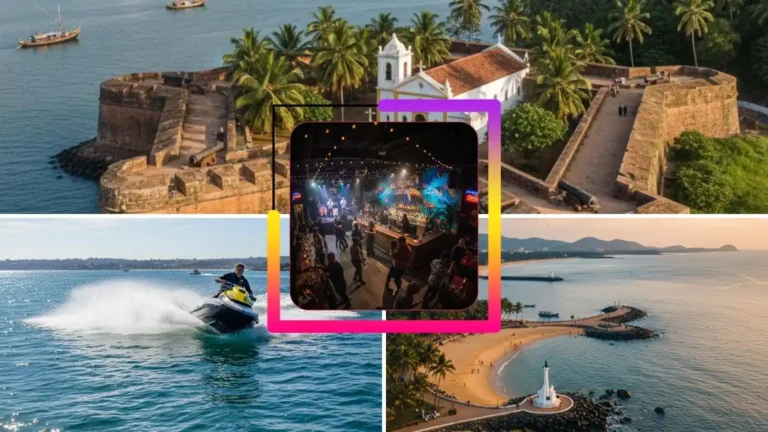




Leave a Comment